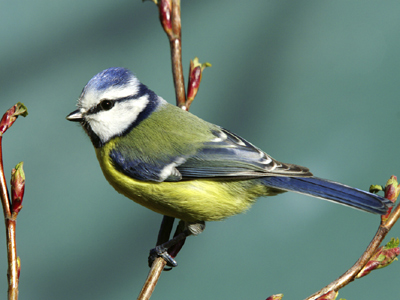
Classification
This Science quiz is called 'Classification' and it has been written by teachers to help you if you are studying the subject at middle school. Playing educational quizzes is a fabulous way to learn if you are in the 6th, 7th or 8th grade - aged 11 to 14.
It costs only $12.50 per month to play this quiz and over 3,500 others that help you with your school work. You can subscribe on the page at Join Us
Classification is the grouping together of similar species of plant, animal and other organisms. Classification groups similar species together. There are millions of different species living on our planet - different types of plants, animals, fungi, and bacteria.. In order to learn more about them, it is necessary for scientists to sort them into groups. Related species can be compared by their similarities and differences. You have most likely been asked to classify a group of organisms during one of your science lessons.
Ready for more?
not all...
quizzers. Try to win a coveted spot on our Hall of Fame Page.







